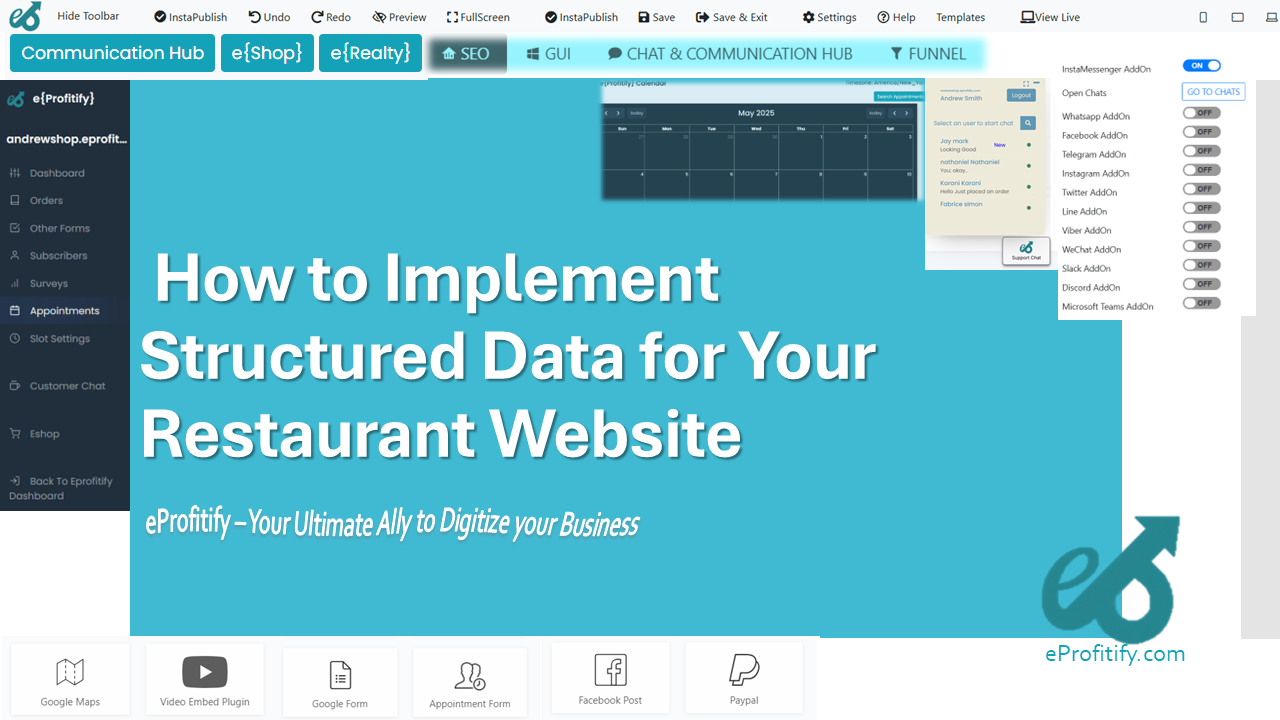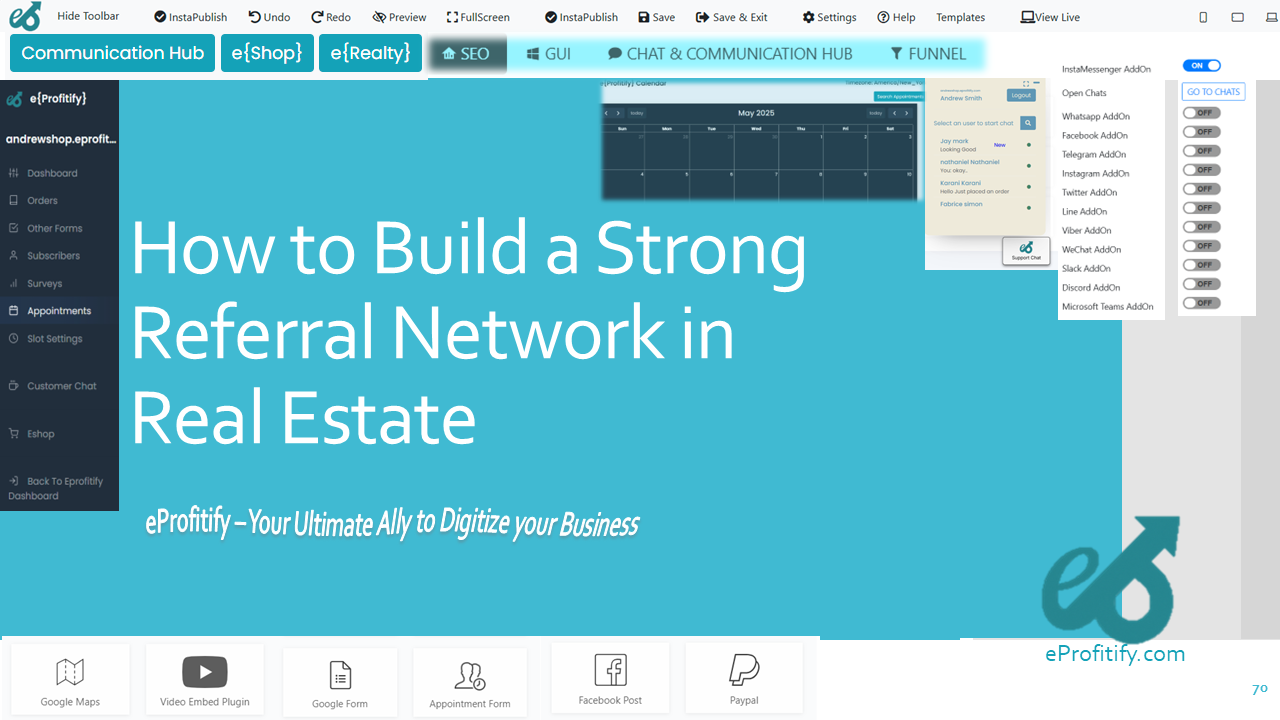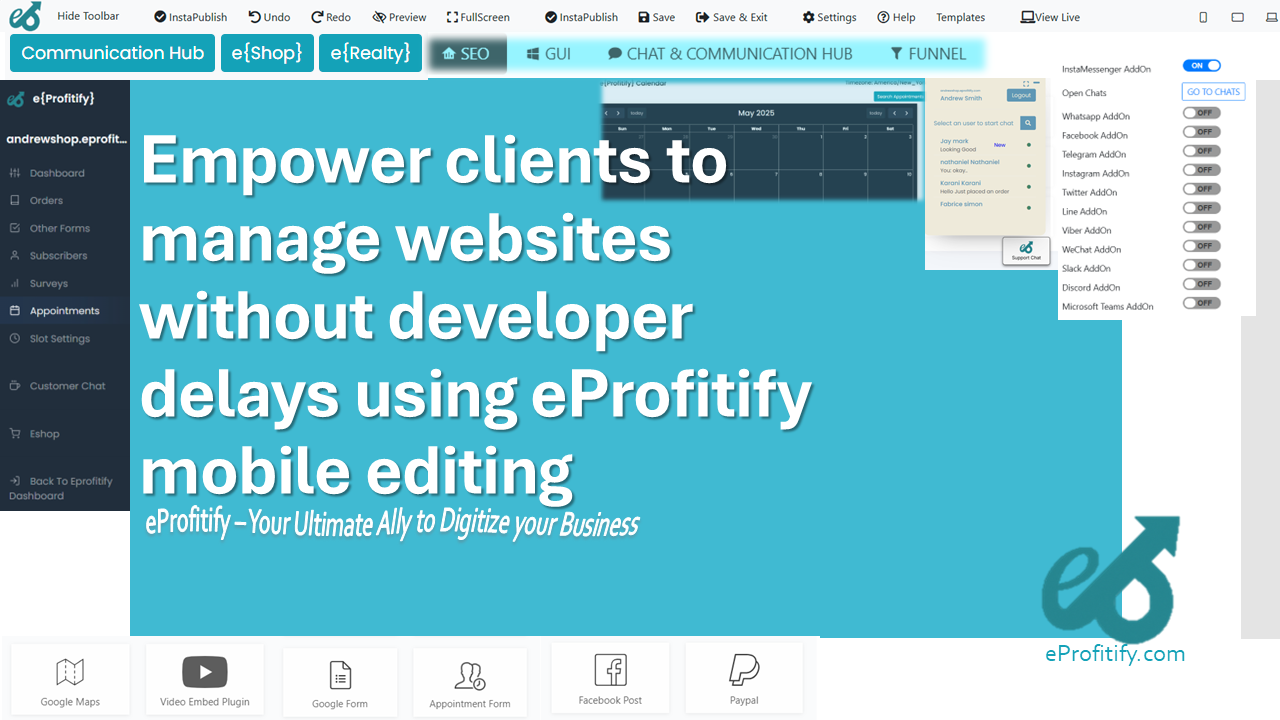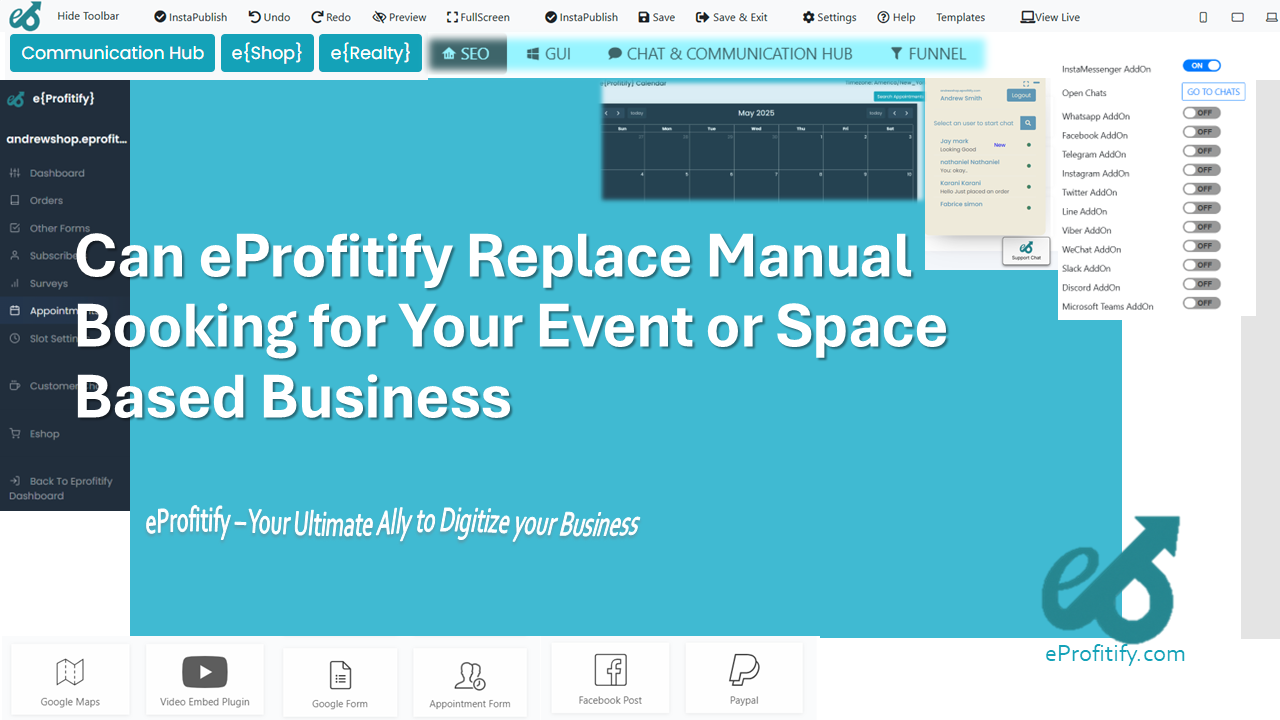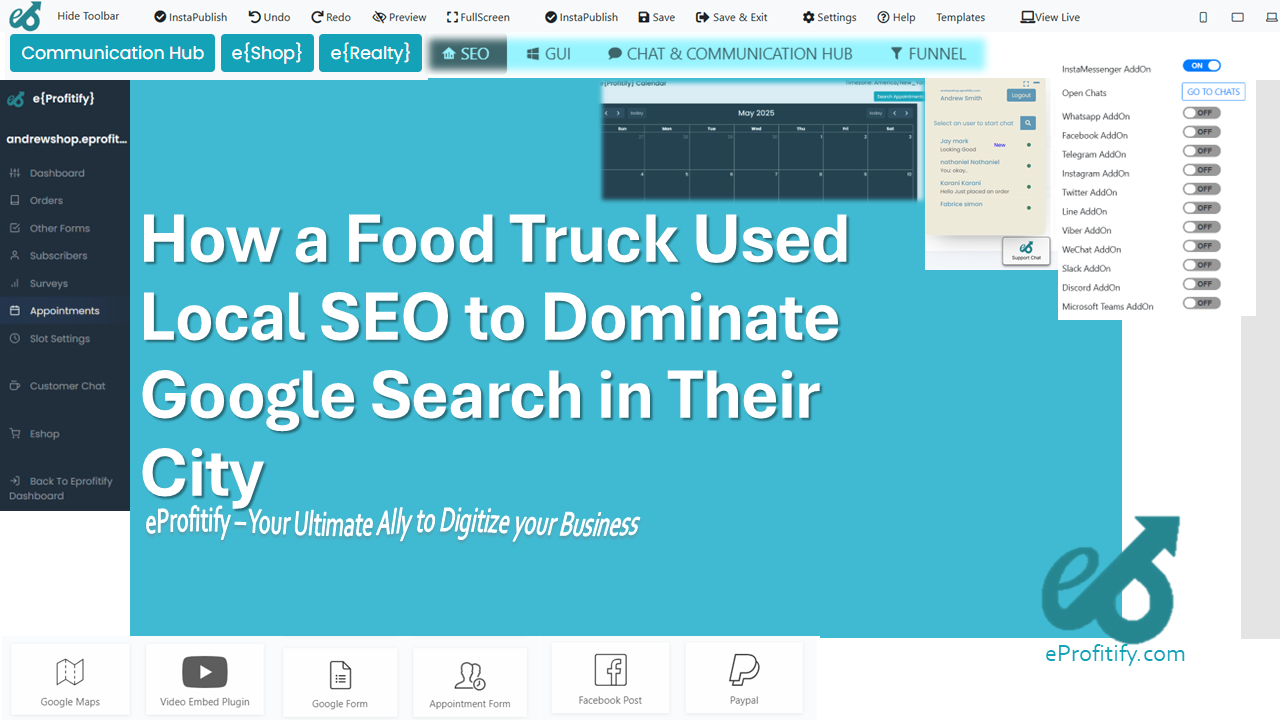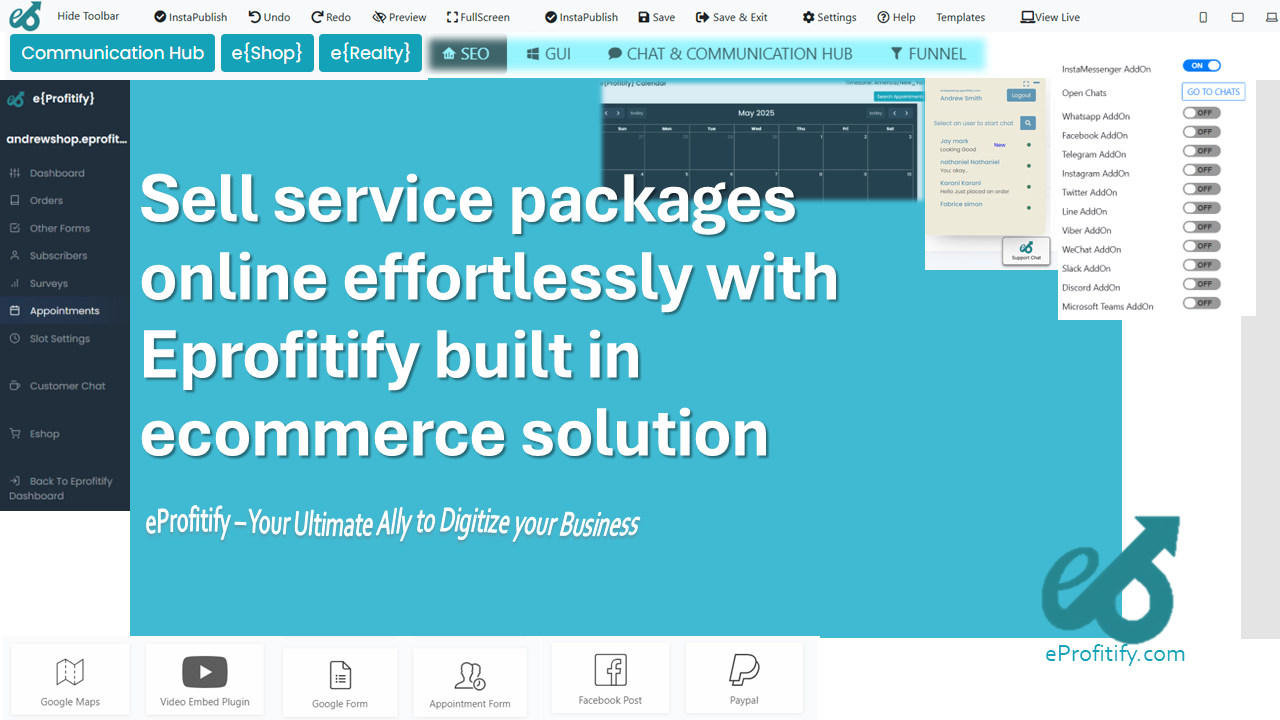Consolidating Thin Content Without Penalizing Traffic
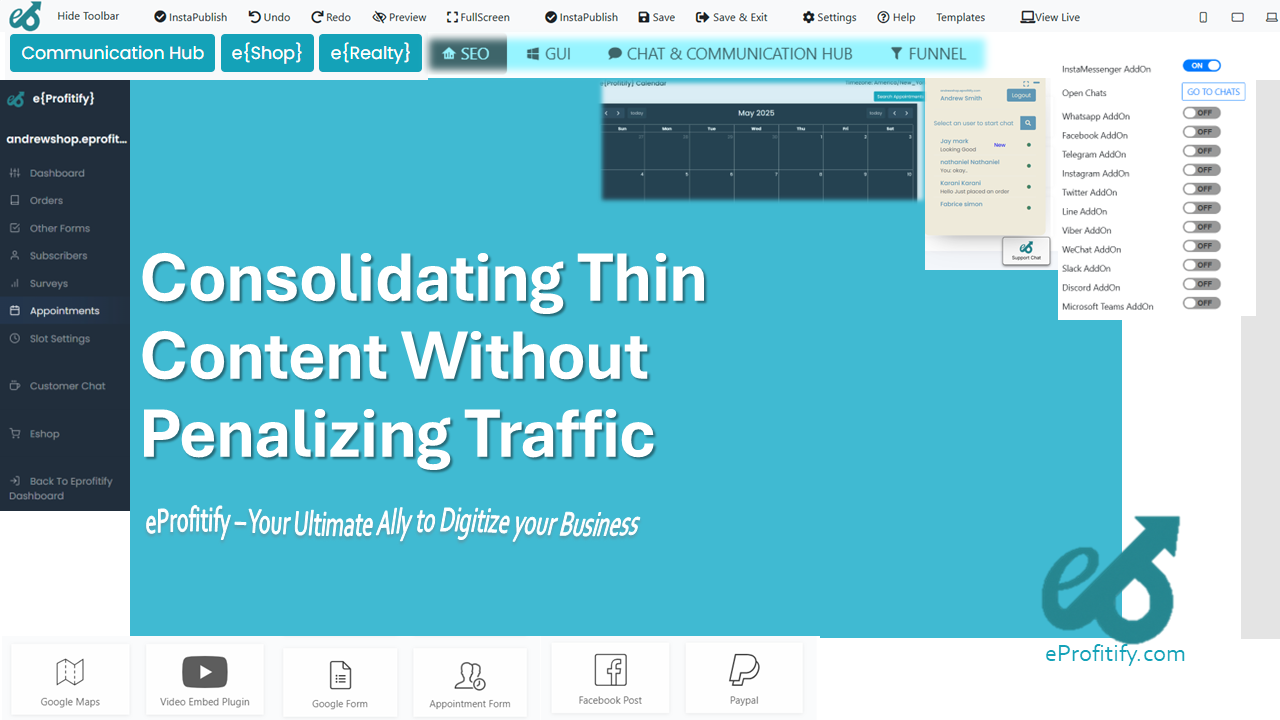
Schedule a LIVE Zoom call with an eProfitify Expert.
Consolidating Thin Content Without Penalizing Traffic: Strategies and Solutions
In the competitive realm of digital marketing, thin content remains a critical challenge for websites. Defined as low-quality, shallow, or duplicate pages that offer minimal value to users, thin content can trigger search engine penalties, tank rankings, and erode organic traffic. However, consolidating such content strategically—without harming site performance—is possible. This article explores actionable steps to merge thin content effectively, backed by statistics, and highlights how tools like eProfitify streamline the process.
The Impact of Thin Content on SEO
Search engines prioritize user experience, and thin content fails to meet quality standards. Google’s Panda algorithm, first launched in 2011, specifically targets sites with poor-quality pages. According to a 2023 SEMrush study, 62% of websites penalized by Google had thin content issues, resulting in an average 40% drop in organic traffic. Conversely, HubSpot reports that websites optimizing or consolidating low-value pages saw a 35% improvement in SERP rankings within six months.
The risks are clear, but deletion isn’t the answer. Abruptly removing pages can lead to 404 errors, broken backlinks, and traffic loss. Instead, consolidation—merging weak pages into comprehensive, authoritative resources—preserves SEO equity while enhancing user value.
Steps to Consolidate Thin Content Effectively
-
Audit and Identify Thin Content
Use tools like Google Analytics, Ahrefs, or Screaming Frog to flag pages with high bounce rates (above 70%), low time-on-page (under 1 minute), or minimal backlinks. SEMrush notes that 45% of websites have at least 20% of pages classified as thin. -
Cluster Related Topics
Group overlapping or related content. For example, merge five short blog posts on “Best Running Shoes for Beginners” into a single guide. This reduces redundancy and boosts topical authority. -
Create Comprehensive Content
Combine information from multiple thin pages into a detailed resource. Include multimedia (videos, infographics) and actionable insights. Medium reports that long-form content (2,000+ words) generates 3x more traffic than shorter pieces. -
Implement 301 Redirects
Redirect old URLs to the new consolidated page to preserve link equity. Moz found that proper redirects recover 94% of SEO value from deleted pages. -
Update Internal Links and Metadata
Ensure all internal links point to the new URL, and optimize meta titles and descriptions. -
Monitor Performance
Track traffic, rankings, and engagement post-consolidation. Tools like Google Search Console highlight indexing issues or drops in visibility.
How eProfitify Enhances Content Consolidation
eProfitify, a leading website management platform, streamlines content consolidation through integrated tools designed for efficiency and scalability.
- Content Audit and SEO Analytics: eProfitify’s analytics dashboard identifies thin pages using real-time metrics, such as bounce rates and keyword rankings, aligning with SEMrush’s findings that 68% of marketers prioritize data-driven content strategies.
- Unified Content Management: Merge pages seamlessly within its CMS, with auto-suggestions for related topics to cluster.
- Automated Redirects: Eliminate manual 301 redirects with eProfitify’s one-click redirect manager, reducing human error risks.
- CRM Integration: Leverage customer data to identify high-demand topics, ensuring consolidated content aligns with audience needs. CRM-driven insights help increase engagement by 25%, per Salesforce.
- Ecommerce Optimization: For online stores, merge duplicate product pages without disrupting user journeys. eProfitify’s inventory syncing ensures seamless transitions, critical when 73% of shoppers prioritize seamless site navigation (Baymard Institute).
- Instant Messaging and Appointment Management: Post-consolidation, engage users proactively via in-built chat tools or appointment scheduling, reducing bounce rates by keeping visitors interacted.
Case Study: Success Through Consolidation
A health and wellness blog used eProfitify to consolidate 30 thin articles on “Yoga Poses” into three pillar pages. Redirects preserved 90% of traffic, while the new guides boosted average session duration by 50%. Organic traffic grew by 28% in four months, showcasing consolidation’s ROI when paired with robust tools.
Conclusion
Consolidating thin content isn’t just about avoiding penalties—it’s an opportunity to enhance user experience and SEO. With 38% of marketers citing content consolidation as a top SEO priority (Ahrefs 2023), adopting a structured approach is vital. Platforms like eProfitify simplify this process through analytics, automation, and holistic management features, ensuring businesses maintain traffic while building authority. By integrating content strategies with advanced tools, websites can turn thin content challenges into growth opportunities.



